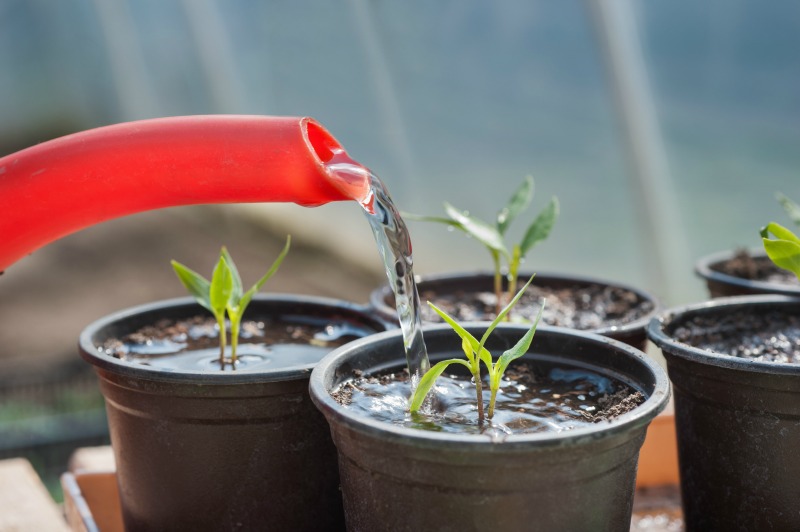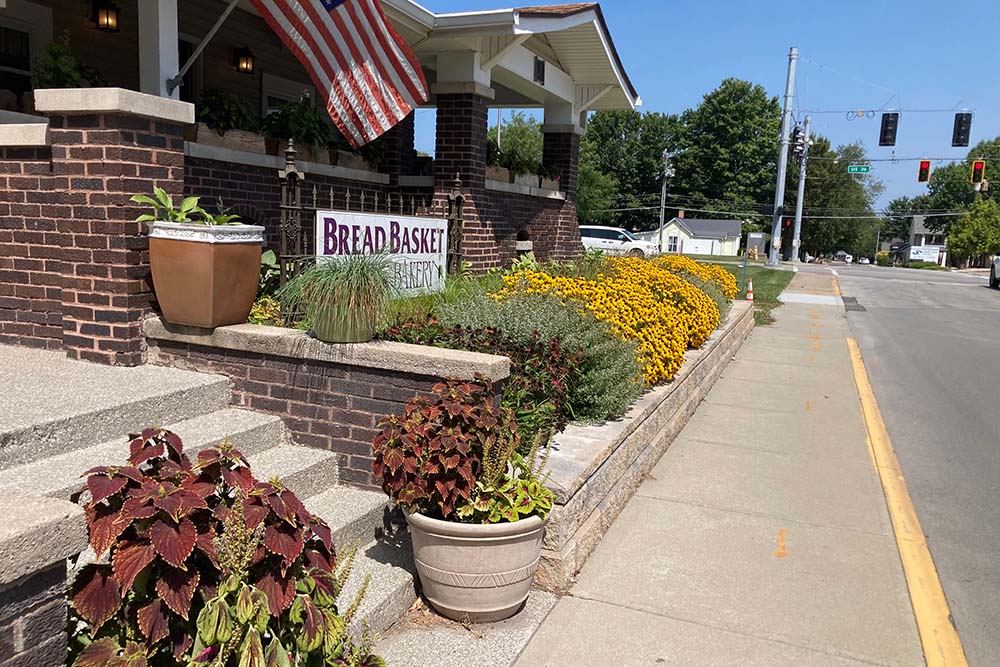Fertilizing Tips
Feeding your plants benefits their overall growth and health. When you put fertilizer around them, you are giving them a boost of nutrients. Fertilizers provide the following benefits:
- Relieves plants of stress, wear, and etc.
- Alleviates competition for nutrients in the soil by making them abundant
- Replenishes the nutrients lost from natural leaching and removal of clippings, among other things
- Helps to keep a plant healthy through insect or disease issues
Fertilizer is not required for a plant to grow. However, plants will appreciate the extra nutrients every time, when they are fed properly. Some plants in the Indiana area are noticeably worse without proper fertilization, including hollies, azaleas, and hydrangeas.
Types/Kinds of Fertilizer
Fertilizer comes in slow release granules, liquid, or powder forms. Each type can work slightly different for you. In general using a 14-14-14 fertilizer will cover any needs for a novice gardener. These numbers are the guaranteed percentages of Nitrogen, Phosphorus and Potassium in the fertilizer. There are other fertilizers with differing percentages, but research them and your plants before you choose to apply them.
Timing and Quantity
How much you fertilize will depend on your plants and your fertilizer, but it is generally acceptable to fertilize once a year, usually in early spring. Across the board you want to feed your plants in moderation, if not sparingly. Otherwise you risk burning your plants!
Chemical fertilizers can easily burn plants and so they should not be used frequently (as in once a week) or in large quantities. Organic fertilizers like compost can and should be used a little more generously. These natural products not only help your plants, but contribute to your soil’s health as well. Liquid fertilizers are more of a quick burst or quick fix whereas granular or compost fertilizers release nutrients at a slower rate.
Watering Tips
How much you should water and how often will again depend on the plant you are caring for, and on the weather. But watering rules are easy to know and follow, as they can be determined by common sense. If it is spring and wet and mildly warm, you don’t need to water as much. If it is the middle of summer and there is a drought, water a lot. Your watering schedule will vary every week given different temperatures and amount of rain.
Frequency is a matter of going out into your yard checking how dry things are and making a judgment call. Stick your fingers a few inches in the soil to feel its texture. If there is no moisture, it needs water. Standing around outside can also be a good indicator; chances are if you are getting thirsty fast outside, your plants are too.
Signs of Over and Under-watering
You can observe your plants to look for signs of either overwatering or under-watering.
Signs of overwatering:
- Wilting, yellowing, or browning leaves (brown=dead)
- Muddy soil
- Stunted growth of plants
- Standing water that does not drain in a few hours or over the day
Signs of under-watering:
- Wilting, yellowing, or browning leaves
- Cracked soil around the plant like a desert
- Dead plants
Watering Plants in Containers
You will need to water container plants more frequently because the soil dries out faster. To water a container, pour until liquid starts to come out the bottom of the pot to ensure the soil is moist all the way through.
Water Conservation
The environment and your wallet will thank you. Smarter watering will keep your water usage down, while still giving your plants what they need. Watering by hand is the most direct and water conscious approach but by far the most time consuming. Sprinklers however have a few simple parameters that if followed can really save your well or water bill. Do not run a sprinkler on a windy day; the water won’t land where you want it to go and will ultimately be a waste. Also, run sprinklers only during the cool hours of the day to avoid evaporation. Watering during the heat of the day in the intense sun can also basically give plant leaves a sun burn. Some even suggest setting sprinklers to run at 2 or 4 a.m.
If you don’t have a well and really want to cut down on city water use, you can connect your house’s rain gutters to barrels or any kind of container to capture all that unused water that would otherwise wash out into your street or driveway. You already have a rain collector system via your roof and gutters, so why not use them!
Questions about fertilizing or watering your garden? Send us an email or give us a call at (317) 997-4803.






